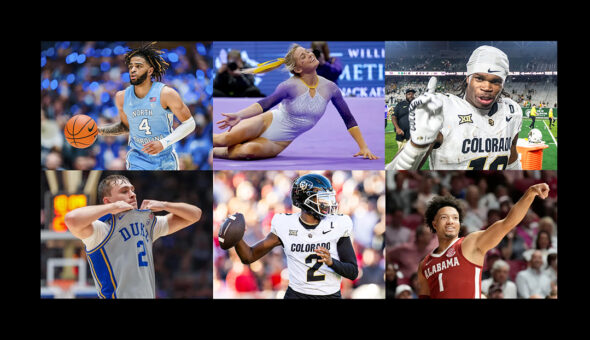2. What we do is actually kind of smarmy.
I consider myself a person of solid moral fiber. Yet, my job includes some sneaky tactics like geofencing my competitors, timing my messages “just right,” and watching what my followers are doing. We are the advertisers that people love to block. Lately, as I’ve taught my students some of these tactics, I’ve felt kind of gross. But these tactics are how the game is played, which brings me to my next point.
3. You have to know the rules to play the game.
Algorithms, video or not, Twitter or not, Snapchat or not, analytics, reach, impressions, traffic – you need to know all this stuff.
But the number one rule of social media marketing: you must know your audience. You can be the greatest ninja in the biz, but if you do not have a solid understanding of a) your company mission and strategic goals, which lead to 2) who your product/service is actually intended for, ie. your audience, then c) you will not connect. Period. While the formulas across social channels are essentially the same, audience preferences and habits can be completely unique, so you have to understand how a 40-year-old single male from the Southeast uses social media versus a 20-year-old student in the Pacific Northwest. Soccer moms, check. Retirees, check. Races, ethnicities, check. You can’t afford to make assumptions. You have to know.
4. Your bosses (and most people who are not you) do not and will not understand what you do.
Everyone thinks they “know social media,” just because they jump on Facebook and share a quick meme with Aunt Sally. Every semester my classroom is full of dozens of young people who think my class is going to be an Easy A, only to fail my midterm. Why? Because they have never used social media for business before.
Life as a social media practitioner is challenging, exhausting, exciting, and most of all, it’s fun! Our jobs are never the same day-to-day.
You can have a million followers and still not know how to do influencer marketing, or how to turn those followers into sales. You were hired because your supervisors know social media is an important space, and if you’re lucky, they’ll have a vision for how they plan to use it. But more often than not they won’t, which is why they hired you, the expert. Your challenge will be to meet goals and to show how you did it, and how it’s working with actual data if you want to stay employed. It’s not easy, but if it were easy, it wouldn’t be called “work.”
5. You’ll most likely be a Party-of-One.
Most social media practitioners, particularly in smaller communities, find themselves as the lone soldiers of their organization’s social outreach. As a party-of-one, you’ll have to know the ins and outs of how it’s done. This includes understanding audience habits, media uses, photography, video, graphic design, analytics, timing, cross-promotion, and more. It’s not easy, and there’s never a dull moment. Take the time to learn all you can. It will serve you well.
6. Get ready to be connected. All. The. Time.
One of the things that they don’t tell you (so I’m telling you now), is that you should plan to be glued to your phone pretty much all the time. You will get “text neck,” and “texting thumb,” (look them up). You will check in all the time. You will wonder at times why your laptop isn’t smoking from overuse. When you launch a campaign, it will be your baby and you have to feed it and water it and make sure you are listening, responding, and taking action, based on what you hear or see. There are times it’s not fun (read up on crisis communication via social media). There are times it’s great fun (when something goes viral, which is rare). But as a Party-of-One, it’s all you, all the time, so if you’re not into being constantly connected, this is not the job for you.
7. You’re going to love your job! (Really, I promise).
Life as a social media practitioner is challenging, exhausting, exciting, and most of all, it’s fun! We are lucky to get to do what we do all day. Our jobs are never the same day-to-day. It’s one of the reasons we choose this profession. We are innovative and curious. We are motivated and ready to connect. It’s awesome and you’re going to love it. It is important to never stop learning and to have an end game. There will come a time when you need a break from constant connection. Find another skill or way you can contribute that will give you a break and allow you to grow in your position.







